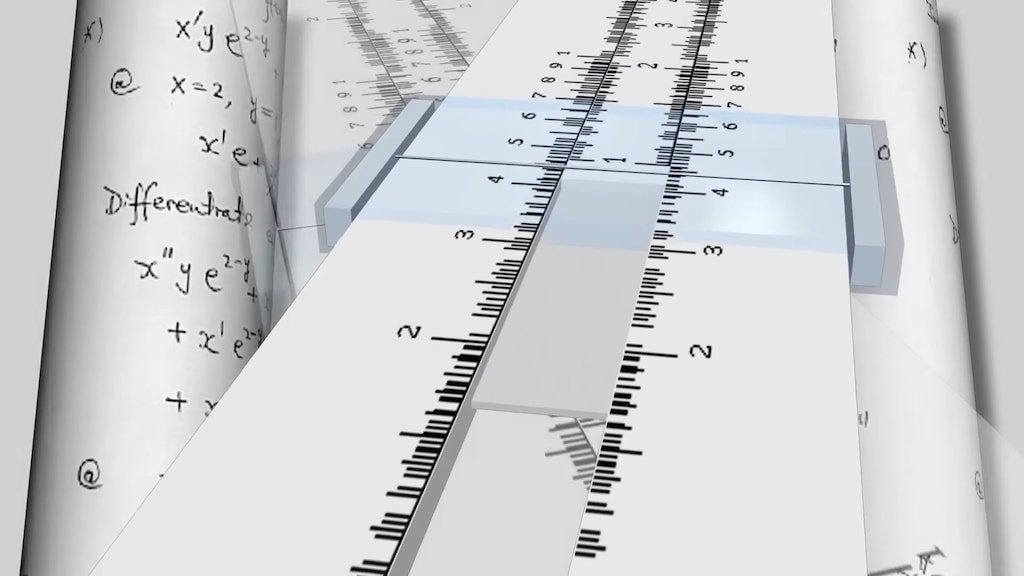Why The United States Didn’t Adopt the Metric System
Tom BlankofWeird History explained why the United States decided not to adopt the metric system but instead remained with its own customary system known as the USCS.
The United States customary system or USCS is for weights and measures. ...Terms like inches, feet, pounds, and miles are derived from the British imperial system steeped in a long history of application..
He first explains the historic adoption of the USCS, which originated with Thomas Jefferson, who brought it over from France. It soon became the standard of all American businesses, and they didn't want to change due to employment and supply costs.
The US customary units became so ingrained in practices and processes that major industrialist argued formally switching to the metric system would be too costly, inconvenient, and unrealistic.
Despite the naysayers, President Gerald Ford signed the Metric Conversion Act of 1975, requesting but not requiring the use of the metric system.
This act officially designated the metric system of measurement as the preferred system of weights and measures for United States trade and commerce. The act also established the United States metric board, which publicized, encouraged, and facilitated understanding and use of the metric system.
While not compulsory, many schools and businesses complied and began the conversion to the metric system. Unfortunately, President Ronald Reagan halted funding in 1982.
..just seven years after the Metric Board was established, President Ronald Reagan discontinued its funding and shut it down. While that may have assuaged domestic concerns of confusion, industries were still concerned about America's ability to stay globally competitive.
